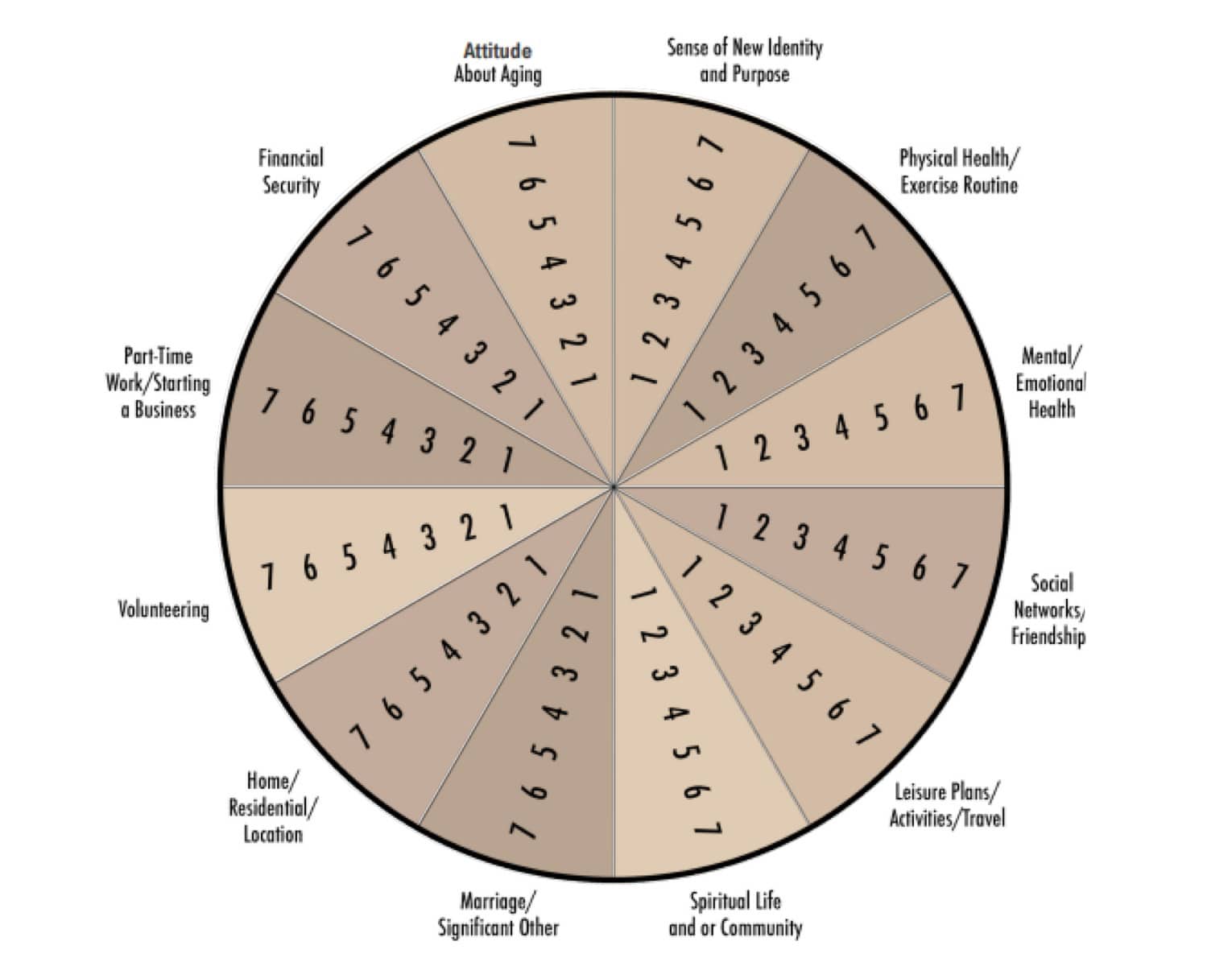As a financial planner for the last 15 plus years, the majority of non financial retirement planning I have assisted clients with has been related to financial issues. I have prepared numerous net worth statements, cash flow projections, and Monte Carlo analyses to ensure clients they will not run out of money during their retirement years. I have assisted with long-term care recommendations and referred clients to attorneys to have their estate documents drafted. While these are all important aspects of a successful retirement plan, taking the leap into retirement is not just about finances. Having acquired enough money to retire does not automatically result in a retirement full of meaning and happiness.

Summary and Takeaways
Making the exciting transition into retirement requires plenty of attention to managing your finances and future cash flow. But financial planning alone doesn’t guarantee a happy, meaningful retirement life. This blog offers expert, experienced insights into making those very important non-financial retirement plans.
Key Takeaways
- Think of retirement as a journey into the next phase of your life, and consider ways to continue learning, evolving, and thriving as you accept your new “non-career” identity.
- Ask yourself what you’ll do to give you a vibrant sense of purpose, meaning, and identity.
How will you continue your social life and establish and nurture new relationships going forward? - Much of successful retirement planning revolves around choosing the ideal place to live, with the right kind of housing with proximity to the people and amenities that give you joy.
- A Certified Professional Retirement Coach can be invaluable, and show you informative but fun exercises to do that help you get ready for a fruitful retirement.
- One tool that helps identify 12 areas of focus is the Retirement Transition Wheel©, which can be a great aid in discovering the right elements and balance to help you achieve sustained retirement success.
According to the Holmes and Rahe stress scale, retirement ranks number 10 out of the 43 stressful life events listed. It is one of life’s biggest transitions. Granted, having a positive cash flow or a high probability of success on a Monte Carlo analysis can make the concept of retiring less stressful. However, after years of financial retirement planning, how much time have you really spent on the non-financial aspects of it? Personally, I have spent more time planning vacations or parties than I have spent on non financial retirement planning.
It is beneficial to look at retirement as a journey or a transition. Instead of focusing on what you are retiring from, focus on what you are retiring to. Initially, many people feel elated about retirement. They will get to golf and fish as much as they like. They can spend more time with their grandchildren and travelling. Their time will be their own to do just as they please. However, this “honeymoon” period can soon wear off.
We are taught that we should lead productive working lives, and yet suddenly when we retire, our work identity no longer exists, and we may feel a void. This can be similar to the “empty nest” emotions parents may feel when their last child leaves home. There are many challenges that come with retirement and adjustments that may need to be made, but it can be an exciting time to continue to learn, grow, and evolve.
So, what exactly is non financial retirement planning? Here are a few items to consider:
- How will you spend your time?
- Who will you spend your time with?
- How will you stay active and healthy?
- How will you stay socially connected?
- Where will you live?
- What will give you a sense of purpose and identity?
If you are approaching retirement or are newly retired, the Retirement Transition Wheel (from the Certified Professional Retirement Coaching program) is a fun exercise to help you assess where you are on the retirement readiness scale.

Retirement Transition Wheel©
To help establish a baseline for where you are in 12 key areas of successful retirement transition, please select your level of comfort or satisfaction for each area.
(7 Highest level of satisfaction and or comfort, 1 = least comfortable and or satisfaction)
Once complete, connect the numbers in each category to complete the formation of a wheel. The larger and rounder wheel, the more prepared you are for making the transition from work-life to home-life.
If your wheel appears a little lopsided, consider working with a retirement coach to help you talk through the areas of lower satisfaction and comfort to develop a plan for improvement.
Read our articles in this series of non-financial retirement planning: